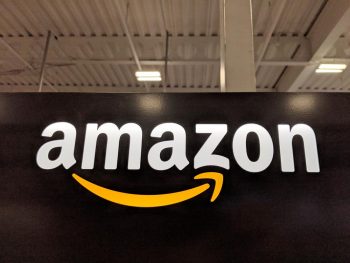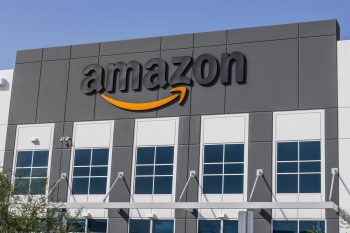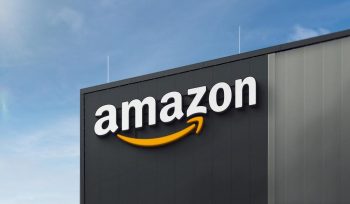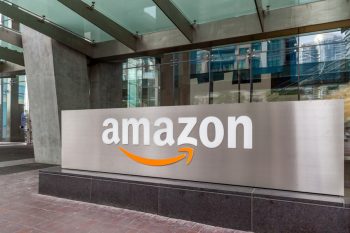
Deforestation in the Amazon rainforest is a pressing global concern. The largest tropical rainforest in the world, the Amazon, is a vital carbon store that slows down the pace of global warming. However, it is under significant threat due to deforestation. In this comprehensive guide, we will explore the causes of deforestation, what is being done to stop it, and how you can contribute to these efforts.
Efforts to stop deforestation in the Amazon include strengthened law enforcement, establishing conservation concessions, reforestation projects, empowering local communities, using technology for monitoring deforestation, supporting grassroots organizations, and implementing government policies. Additionally, individuals can contribute by reducing consumption of forest products, supporting Indigenous land rights, and supporting conservation organizations.
The Causes of Amazon Deforestation
Several factors contribute to the deforestation of the Amazon rainforest:
- Cattle ranching: Accounting for about 70% of deforestation in Brazil, large areas of the rainforest are cleared for cattle grazing.
- Agriculture: Large-scale agriculture, particularly soybean cultivation, contributes to deforestation.
- Illegal and unmitigated gold mining: Direct deforestation and mercury contamination are results of this activity.
- Illegal logging and selective logging: Logging outside designated areas and selective logging of high-value tree species contribute to deforestation.
- Infrastructure development: The construction of roads, dams, and other infrastructure projects increases access to remote forests, accelerating deforestation.
- Fires: Often, forests are felled and burned to make way for ranching and farming, but these fires can quickly become uncontrolled, leading to further deforestation.
- Weak governance and law enforcement: Poor natural resource management and high demand for the region’s resources contribute to deforestation.
Measures to Halt Amazon Deforestation
Efforts are being made on multiple fronts to halt Amazon deforestation, some of which include:
- Strengthened law enforcement: Brazil’s government has ramped up resources for environmental enforcement, contributing to a decrease in deforestation rates.
- Conservation concessions and corridors: Amazon Conservation has worked on establishing conservation concessions and corridors to protect forest cover and biodiversity across the southwestern Amazon.
- Reforestation projects: Amazon Conservation has reforested degraded lands with over 250,000 trees through community-based reforestation projects in the Manu National Park buffer zone.
- Empowering local communities: Organizations like Amazon Conservation and Amazon Watch work with local communities and indigenous peoples to protect their forests and improve their quality of life.
- Monitoring and technology: Amazon Conservation uses cutting-edge technologies, such as real-time deforestation monitoring systems, to improve conservation efforts.
- Supporting grassroots organizations: Rainforest Action Network provides Community Action Grants to frontline communities, Indigenous-led organizations, and allies to protect the rainforests.
- Government policies and commitments: Brazil’s government has unveiled plans to meet its pledge to eliminate deforestation in the Amazon by 2030, using measures such as strengthened law enforcement against environmental crimes and green economic development.
The Role of Indigenous Communities
Indigenous communities play a crucial role in conservation efforts. They protect 80% of the world’s biodiversity, making their involvement in conservation crucial. By supporting their capacity and agency, we can ensure more effective and sustainable conservation outcomes.
The Role of Global Corporations and Governments
Global corporations and governments also play significant roles in combatting Amazon deforestation. Corporations can adopt forest-friendly policies and ensure their operations are transparent and accountable. Governments are responsible for managing public lands and enforcing environmental regulations.
What Can You Do?
Individuals can contribute to stopping deforestation in the Amazon through several actions such as reducing paper and wood consumption, supporting Indigenous land rights, educating others about the importance of the Amazon rainforest, reducing fossil fuel use, adjusting diet, choosing sustainable products, and supporting conservation organizations.
In conclusion, while the challenge is significant, so are the efforts to combat deforestation in the Amazon. By understanding the causes, appreciating the efforts, and knowing how we can contribute, we can all play a part in preserving this vital ecosystem.
Frequently Asked Questions
What are the impacts of Amazon deforestation on global climate change?
The Amazon rainforest plays a crucial role in regulating the world’s climate by absorbing large amounts of carbon dioxide, a greenhouse gas that contributes to global warming. When the Amazon is deforested, not only is this critical carbon sink reduced, but the carbon stored in the trees is released into the atmosphere, exacerbating climate change.
Why is cattle ranching a major cause of deforestation in the Amazon?
Cattle ranching is a major cause of deforestation because it requires a large amount of land to graze the cattle. Ranchers often clear vast areas of the rainforest to create pastures, leading to significant deforestation. Brazil, home to the largest portion of the Amazon, is the world’s largest exporter of beef, further driving this trend.
How does illegal gold mining contribute to deforestation?
Illegal gold mining contributes to deforestation in two ways. Firstly, large areas of the rainforest are cleared to make way for mining operations. Secondly, the process of gold mining often involves the use of mercury, which can contaminate local waterways and harm the surrounding ecosystem, causing further damage to the rainforest.
What are conservation concessions and corridors?
Conservation concessions and corridors are areas of land that are set aside for the purpose of protecting biodiversity. Concessions are usually granted by governments to conservation organizations, allowing them to manage the land for conservation purposes. Corridors are areas that connect different protected areas, allowing wildlife to move freely and maintain genetic diversity.
What are some examples of sustainable products that can help reduce deforestation?
Sustainable products that can help reduce deforestation include those made from recycled materials, products made from sustainably harvested resources, and products certified by reputable environmental organizations. For example, when buying wood or paper products, look for those certified by the Forest Stewardship Council (FSC), which ensures that they come from responsibly managed forests.









